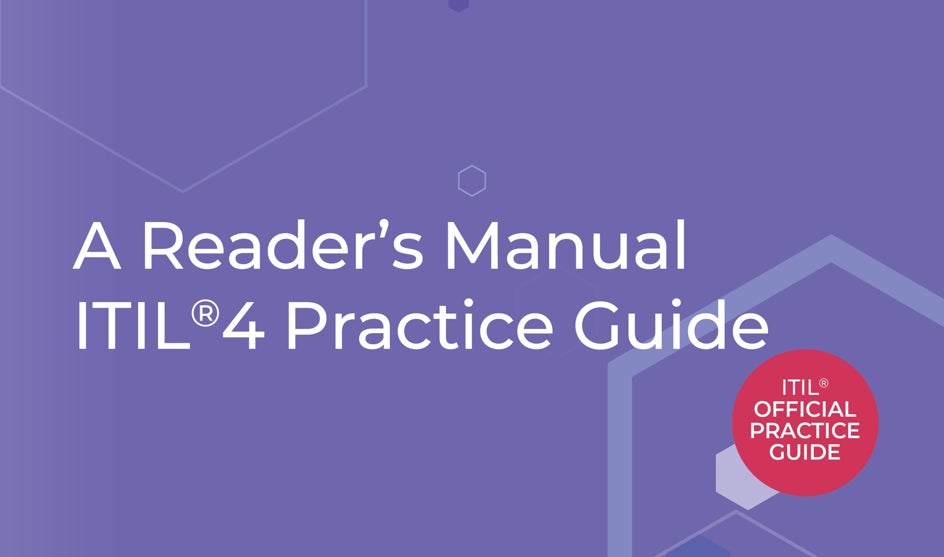In today’s dynamic IT landscape, deploying new services and updates efficiently and effectively is critical for maintaining business operations and meeting customer expectations. The Information Technology Infrastructure Library (ITIL) version 4 provides a comprehensive framework for IT service management (ITSM) that includes best practices for deployment processes. This article explores how to deploy in ITIL4, highlighting key concepts, benefits, and considerations for successful ITIL deployment.
Key Concepts of ITIL4 Deployment
- Service Value System (SVS): The SVS in ITIL4 provides a holistic view of how all the components and activities within an organization work together to deliver value. It ensures that deployment activities align with the overall business objectives and customer needs.
- Guiding Principles: ITIL4’s guiding principles, such as focusing on value, starting where you are, progressing iteratively with feedback, and collaborating, underpin the deployment process. These principles ensure that deployments are carried out effectively and add real value.
- Service Value Chain (SVC): The SVC is a set of interconnected activities that transform inputs into outputs, leading to the creation of value. The deployment phase within the SVC ensures that services are moved into production in a controlled and efficient manner.
- Practices: ITIL4 introduces 34 management practices, with deployment management being a crucial one. This practice ensures that new or modified services are transitioned into live environments without impacting existing services negatively.
Benefits of Deploying in ITIL4
Adopting ITIL4 for deployment offers numerous benefits that can significantly enhance the effectiveness and efficiency of IT operations:
- Standardization: ITIL4 provides a standardized approach to deployment, ensuring consistency and reliability across all deployments. This standardization reduces errors and improves the overall quality of IT services.
- Risk Management: By following ITIL4’s structured deployment process, organizations can identify and mitigate risks early, preventing potential issues from affecting live services.
- Improved Collaboration: ITIL4 promotes collaboration among different teams and stakeholders, ensuring that everyone involved in the deployment process is aligned and working towards common goals.
- Continuous Improvement: ITIL4’s focus on continuous improvement means that deployment processes are regularly reviewed and refined, leading to ongoing enhancements in efficiency and effectiveness.
Steps in ITIL4 Deployment
- Planning: The deployment process begins with thorough planning, involving the identification of objectives, scope, resources, and timelines. Planning ensures that all aspects of the deployment are considered and accounted for.
- Build: In this stage, the new or modified service is built according to the defined specifications. This involves coding, configuration, and preparation of necessary infrastructure.
- Testing: Rigorous testing is conducted to ensure that the service meets the required standards and functions correctly. This includes unit testing, integration testing, and user acceptance testing.
- Deployment: The actual deployment involves moving the service into the live environment. This step is carefully managed to minimize disruptions and ensure a smooth transition.
- Release Management: Post-deployment, the release management process ensures that the service is fully operational and that any issues are addressed promptly. This includes monitoring, support, and feedback gathering.
Considerations for Successful ITIL4 Deployment
- Stakeholder Engagement: Engaging stakeholders throughout the deployment process ensures that their needs and expectations are met, leading to higher satisfaction and better outcomes.
- Change Management: Effective change management is crucial for minimizing disruptions and ensuring that deployments are carried out smoothly. This involves communication, training, and support for users.
- Automation: Leveraging automation tools can significantly enhance the efficiency and accuracy of deployment processes, reducing the risk of human error and speeding up delivery times.
- Documentation: Comprehensive documentation is essential for ensuring that all aspects of the deployment process are recorded and can be reviewed and improved over time.
Conclusion
Deploying in ITIL4 involves a structured and systematic approach that ensures new or modified services are delivered efficiently and effectively. By following ITIL4’s principles, practices, and steps, organizations can achieve successful deployments that add real value to the business and meet customer needs.
For teams looking to further enhance their ITIL deployment capabilities, consider using add-ons like Golive by Apwide. Golive provides advanced environment management and release planning features that can streamline your deployment processes and improve outcomes.
In summary, effective environment management in ITIL4 not only improves efficiency and collaboration but also ensures that IT environments are well-maintained and reliable. By utilizing tools like Apwide Jira, organizations can achieve a higher level of control and effectiveness in their deployment processes, leading to successful project outcomes and satisfied stakeholders.





























